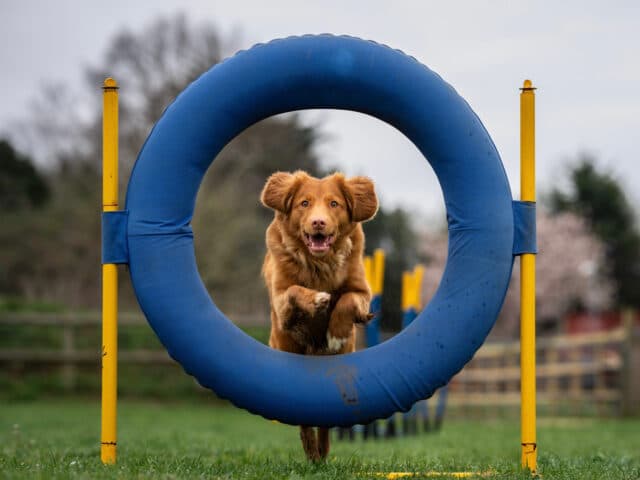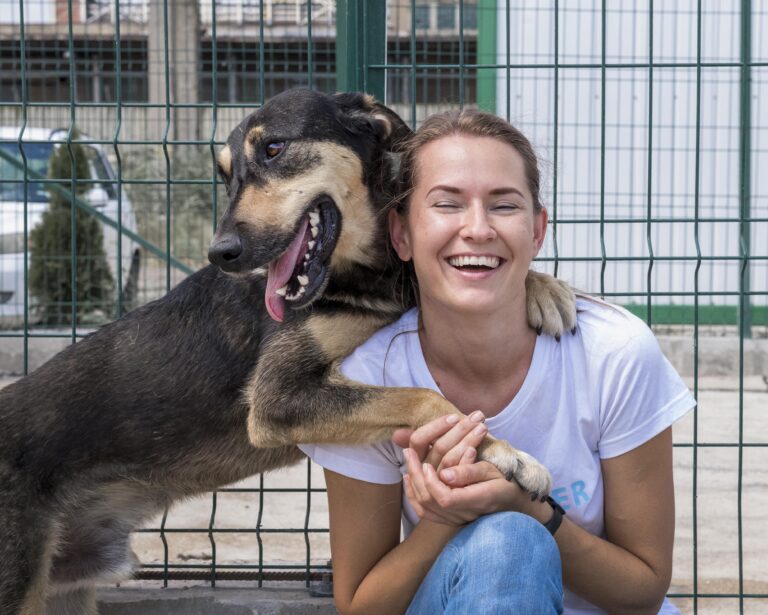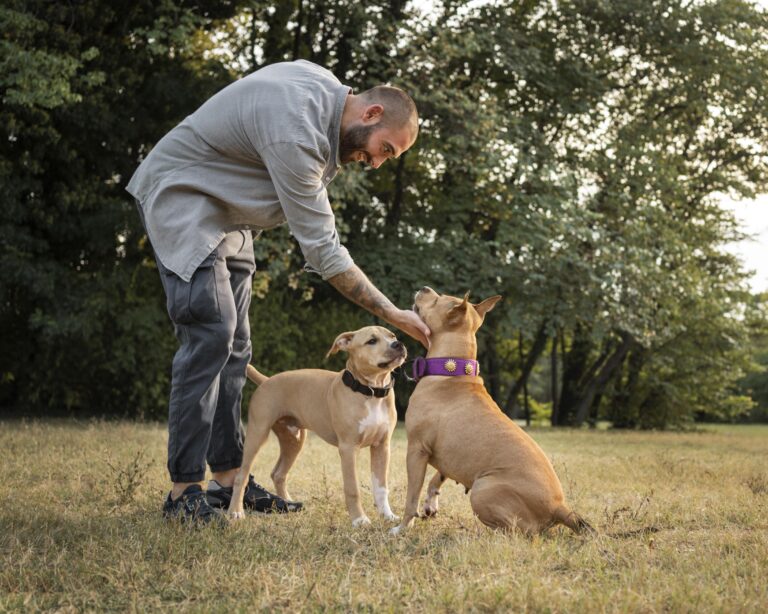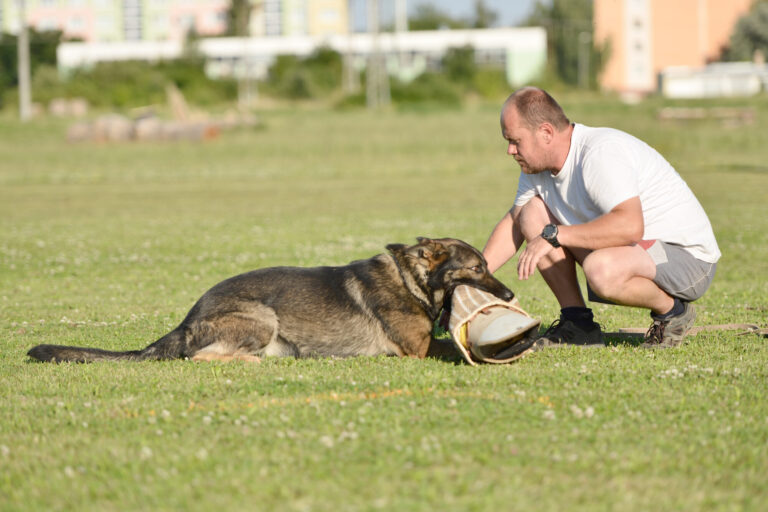Marker and Treat Training History: Dog Training in Northern Virginia
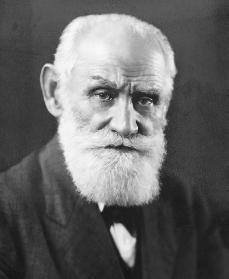
We’ve all heard of marker/treat training, clicker /treat training, or dogs doing detection; however, most people do not know that this is standard classical conditioning which was found by a man named Ivan Pavlov.
When you think of, you automatically tend to associate him with the theory of Classic Conditioning. Born in Russia in 1849, Pavlov was preparing to step into his father’s shoes and take over from him as village priest. However, he changed track and took up science, more specifically, he began studying the digestive process in dogs.
Incidentally, his work in this area led to the development of the first experimental model of learning- Classical Conditioning. This was very important as it later formed the basis of how humans too could be trained to respond in a certain way to a particular stimulus.
Engrossed in unraveling the secrets of the dog’s digestive system, Pavlov became rather interested in other related aspects and began studying why dogs salivate. You would think that dogs start drooling when they see food, but Pavlov proved that salivating had a much more far-reaching effect. He discovered that dogs salivated even when there was no food in sight– the stimulus that was supposed to make them dribble. On further observation, he found that the persons who fed the dogs used to wear lab coats and the mere sight of these lab coats caused dogs to react in the same way that they did to food.
Pavlov tried to figure this out and he conducted a series of experiments. Just before giving the dog a meal, he struck a bell and after repeating this process a number of times, he found that whenever a bell was struck, the dog started salivating. This meant that the dog started associating the bell with food in the same manner that it associated a lab coat with its meal.
This was what Pavlov referred to as ‘classical conditioning’—a neutral stimulus (like the bell and lab coat) eventually elicited the same response as that elicited with an original ‘unlearned reflex,’ which the scientist referred to as unconditioned or built-in.
In Classical Conditioning terminology, Pavlov noted that an unconditioned stimulus (US) elicited an unconditioned response (UR) —-in this case, the food is the unconditioned stimulus and the resulting salivation is the UR. Connecting a stimulus to a reflex is called conditioning. When he later added the ringing of the bell as a Conditioned stimulus for food, Pavlov found that after some time, only ringing of the bell would cause (salivation), which he referred to as a Conditioned Reflex (CR).
Pavlov conducted many experiments and conditioned the dogs using a flash of a light, a touch on the dog’s harness, and the use of different pitches of a whistle where the dogs had to learn to associate a specific pitch with access to food. The dogs thus learned to make new association between events in the environment. The scientist also found that the shorter the time between the stimulus and the response, the quicker a conditioned response was developed.
Pavlov’s experimental research gained him a lot of respect across Russia, America and many other nations. He summarized all his discoveries his amazing book, ‘Conditioned Reflexes’.
In 1904 he received the Nobel Prize in Physiology or Medicine for his pioneering studies of how the digestive system works.
If you are interested in learning more about classical conditioning or make your dog amazing in obedience/detection, contact us at Off Leash K9 Training!
http://www.offleashk9training.com or 888-413-0896
Nick White
Owner/Founder
Off Leash K9 Training

